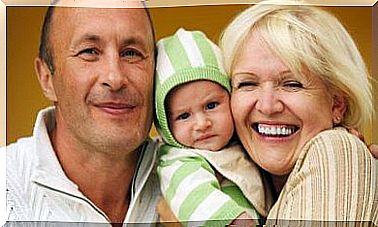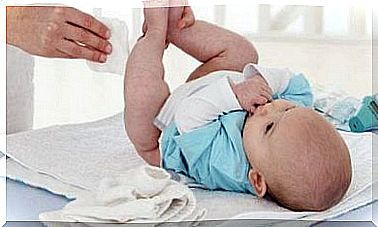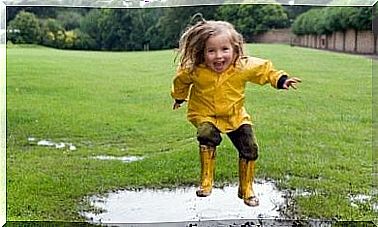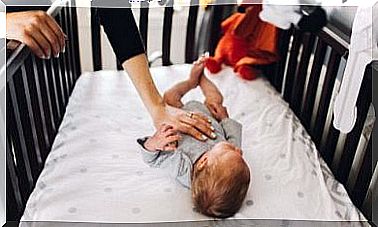Internalizing And Externalizing Symptoms In Children
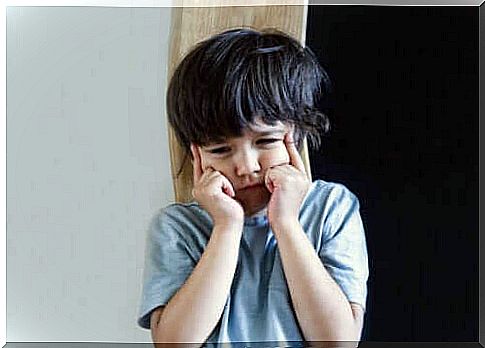
The psychological problems that children can have are very diverse. Children with completely different behaviors can experience emotional, social and psychological difficulties.
Because of this wide variety of manifestations, it is not always easy to identify that the child is suffering and needs help or professional attention. Therefore, it is important to know what internalizing and externalizing symptoms are and how they differ.
The presence of these symptoms does not always indicate the existence of a disorder or a complete syndrome. However, they must be taken into account, as, without proper care, they can evolve into more serious problems as the child grows. Guiding her from childhood on how to deal with difficulties can prevent further suffering.
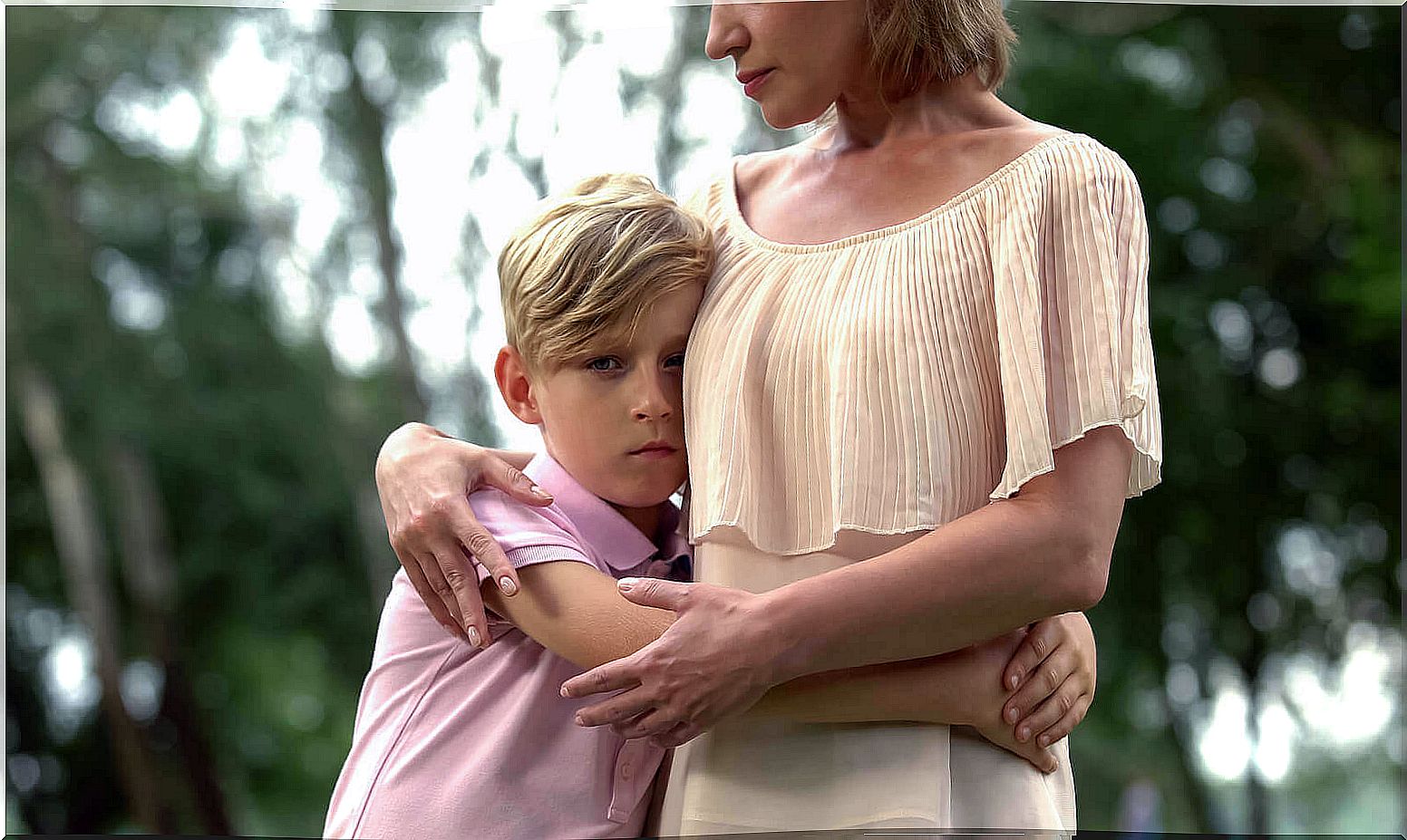
What are internalizing and externalizing symptoms?
Internalizing and externalizing symptoms are very different from each other. However, both hide emotional and behavioral difficulties. To quickly and easily differentiate them, we must think that, in the former, the discomfort is directed inwards, while in the latter, it is directed outwards. We’ll look at the matter in more depth.
internalizing symptoms
When the child thinks, feels and acts inappropriately, it creates discomfort and suffering. In the case of internalizing symptoms, this discomfort is directed inside the child and gives rise to manifestations such as :
- Crying, sadness and suicidal thoughts.
- Inability to have fun with any activity, slowness and passivity.
- Perfectionism and feelings of inferiority.
- Sleep and appetite disorders.
- Fears and phobias of different types.
- Anxiety, nervousness and frequent worries.
- Dependence or attachment towards adults.
- Somatic symptoms such as gastrointestinal problems or pain without medical justification.
externalizing symptoms
On the other hand, in the case of externalizing symptoms, the child’s problems are projected outwards. Thus, symptoms arise such as:
- Uncontrolled emotions.
- Difficulty dealing with impulses.
- Irritability and aggressive behavior.
- Inability to follow the rules.
- Behavior problems and difficulties in personal relationships.
Detection
Given the above, it is easy to understand that externalizing symptoms are much simpler to detect. These are obvious behavior problems because they interfere with the child’s normal functioning at home and at school.
Aggression, disobedience or conflicts with peers draw attention and, therefore, parents and educators can identify, with little difficulty, that something is happening.
However, the symptoms internalizing often go unnoticed, something paradoxical, since that occur much more often. However, they are subjective elements that belong to the child’s internal world and that the adult cannot always observe.
Furthermore, these difficulties, despite causing enormous suffering for the child, do not cause problems for family members, teachers or classmates, as the discomfort is internal.
On the other hand, there is also an additional problem, as the types of symptoms do not appear equally in boys and girls. While the former usually manifest externalizing behaviors more frequently, girls are more likely to suffer from anxiety, sadness or dependence, a difference that becomes more marked as young people approach adolescence.
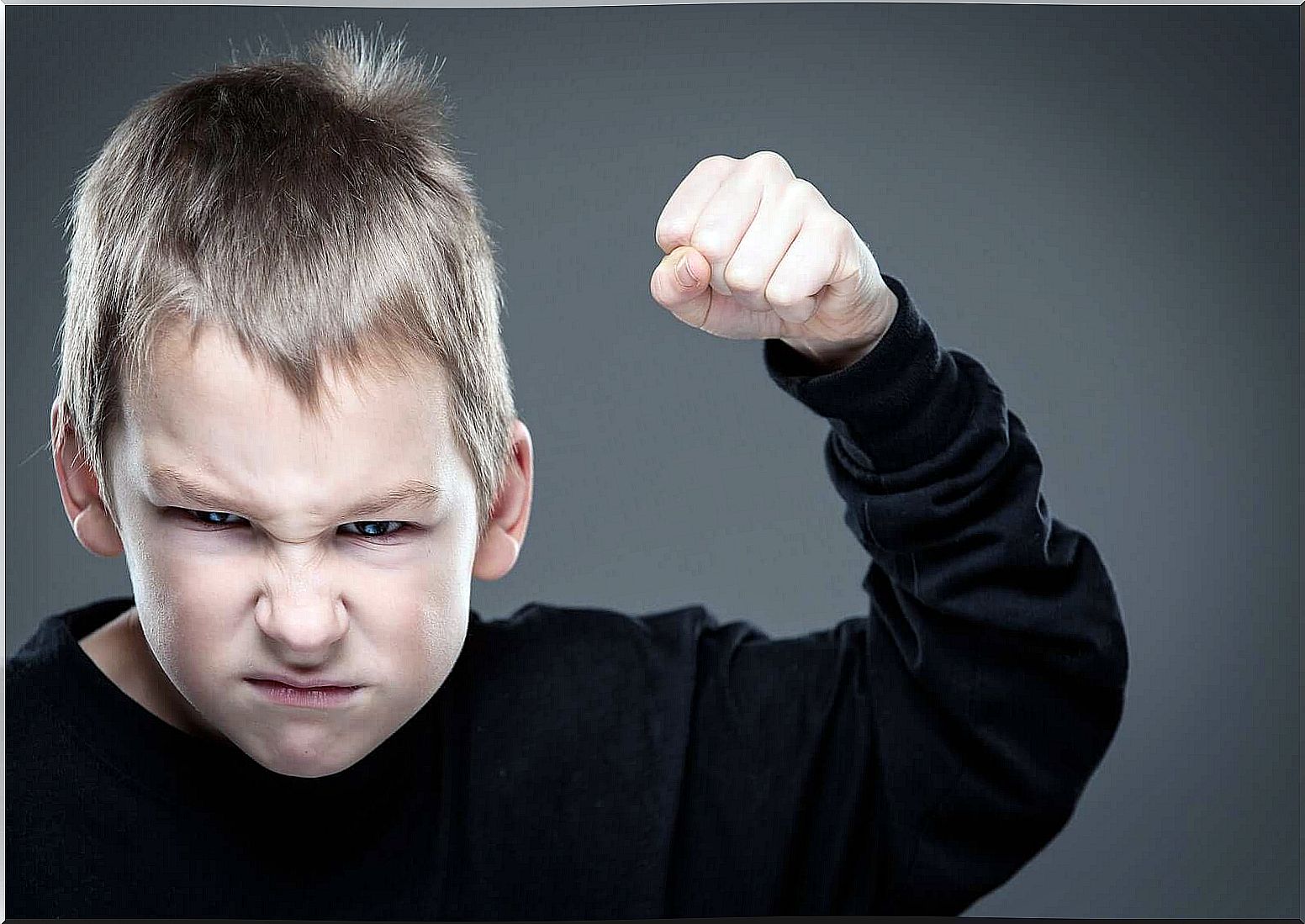
This is due, in part, to the different brain configuration of boys and girls. However, roles culturally associated with men and women also play an important role. After all, more aggressive behaviors are allowed for boys, while girls are better tolerated with passive or crying behaviors.
Treatment
In this sense, if you are a mother, pay attention to your child’s behavior, even when he is not disturbing or not attracting attention. Notice how he talks about himself and others, what his mood is like, or whether he has fears that are excessive or inappropriate for his age. These details can be internalizing symptoms that are important warning signs.
So if you detect internalizing or externalizing symptoms in your children, don’t ignore them. They can resolve with growth, but they can also lead to more serious disorders. Therefore, when in doubt, look for a child psychologist who can guide you in this regard.
